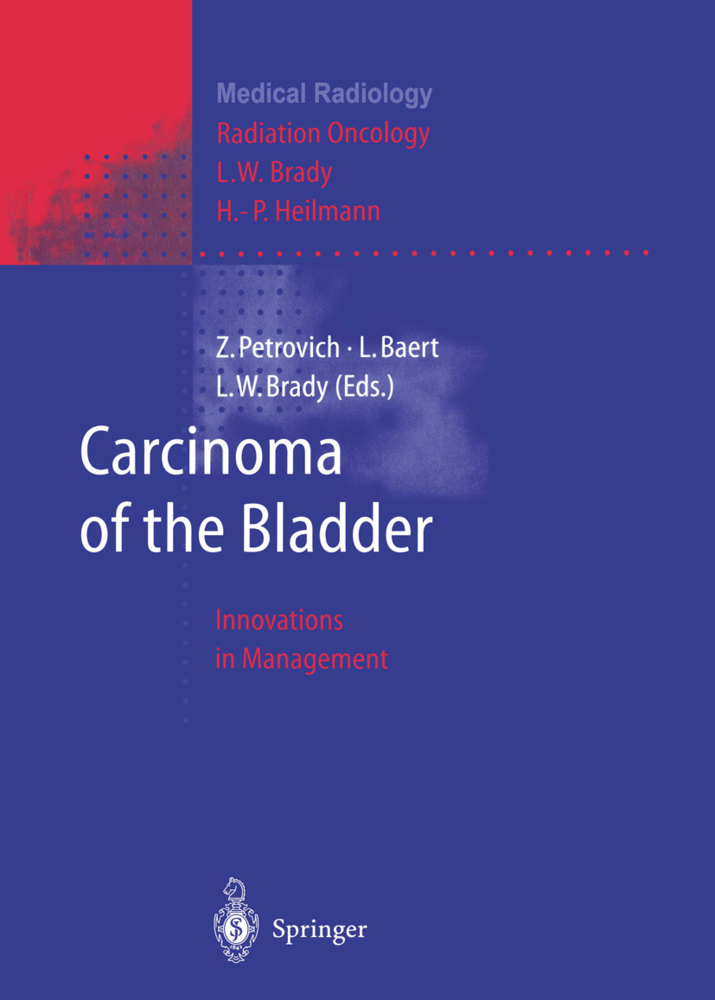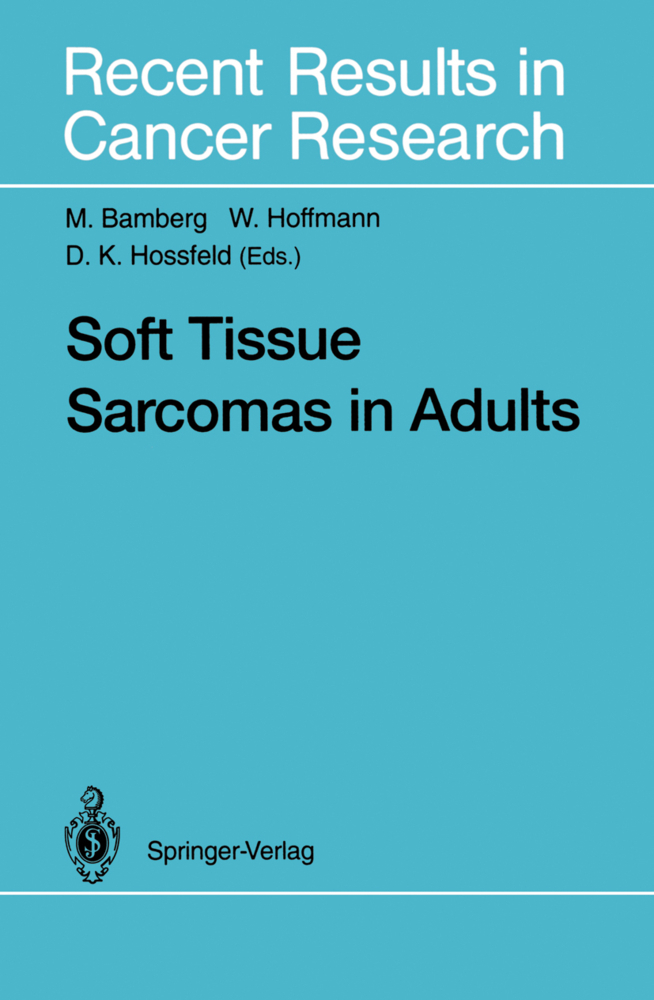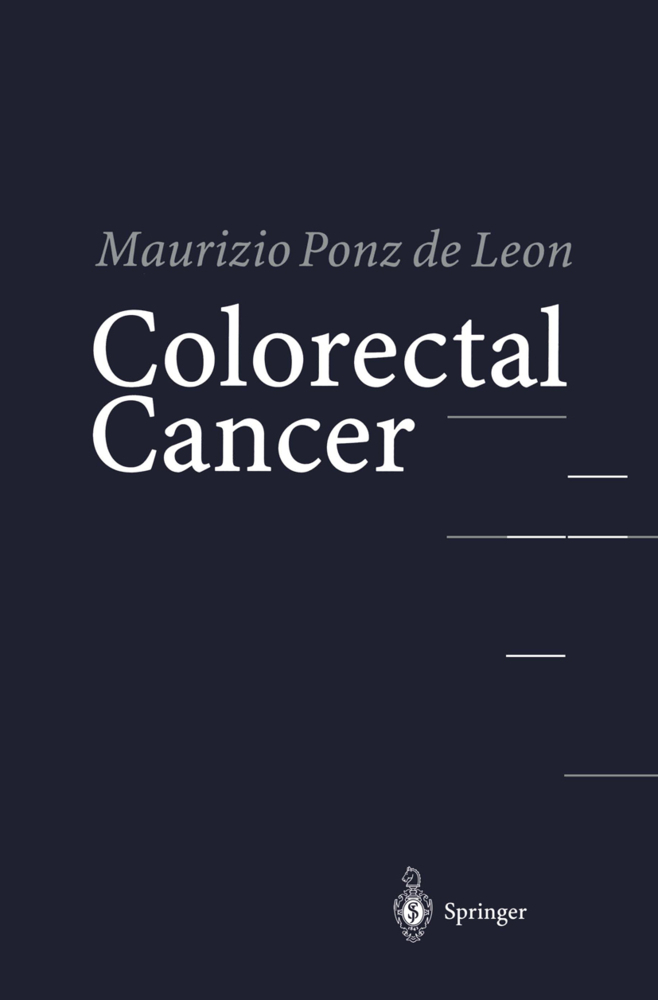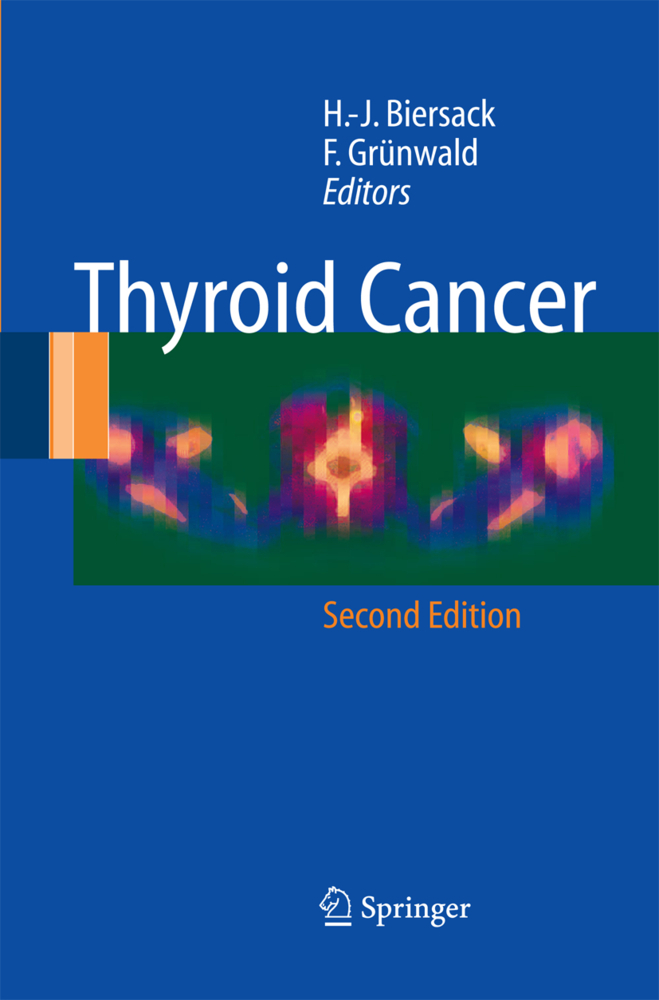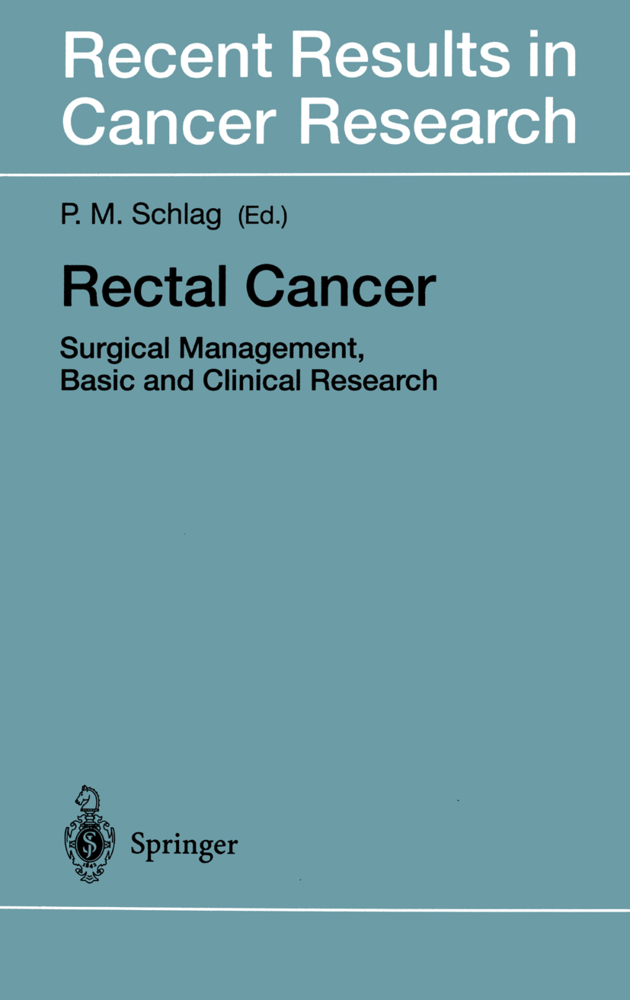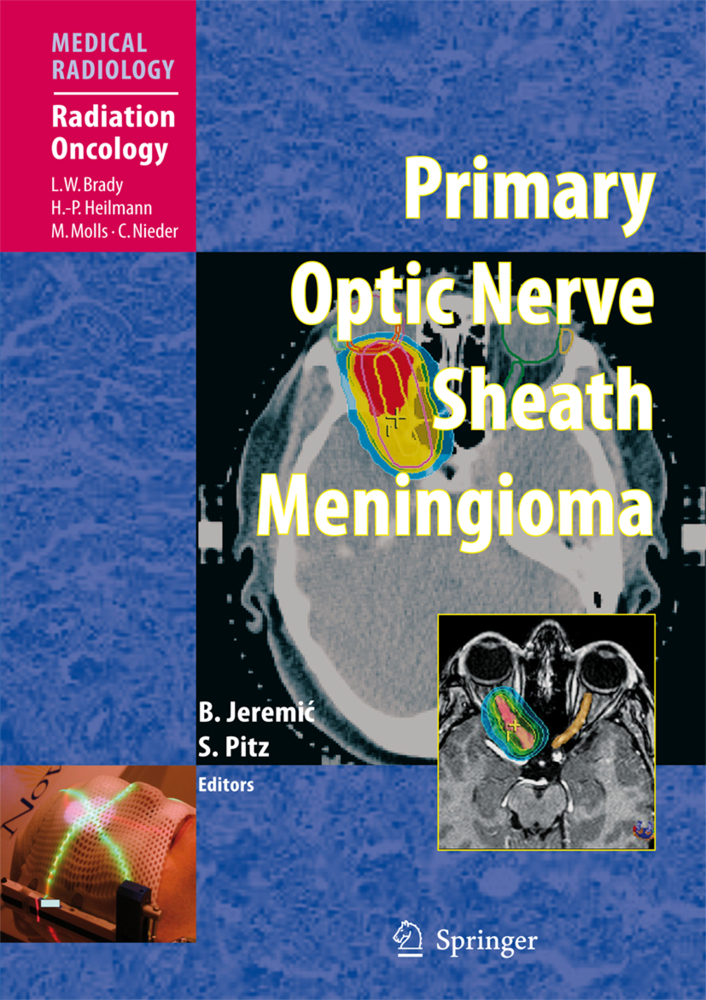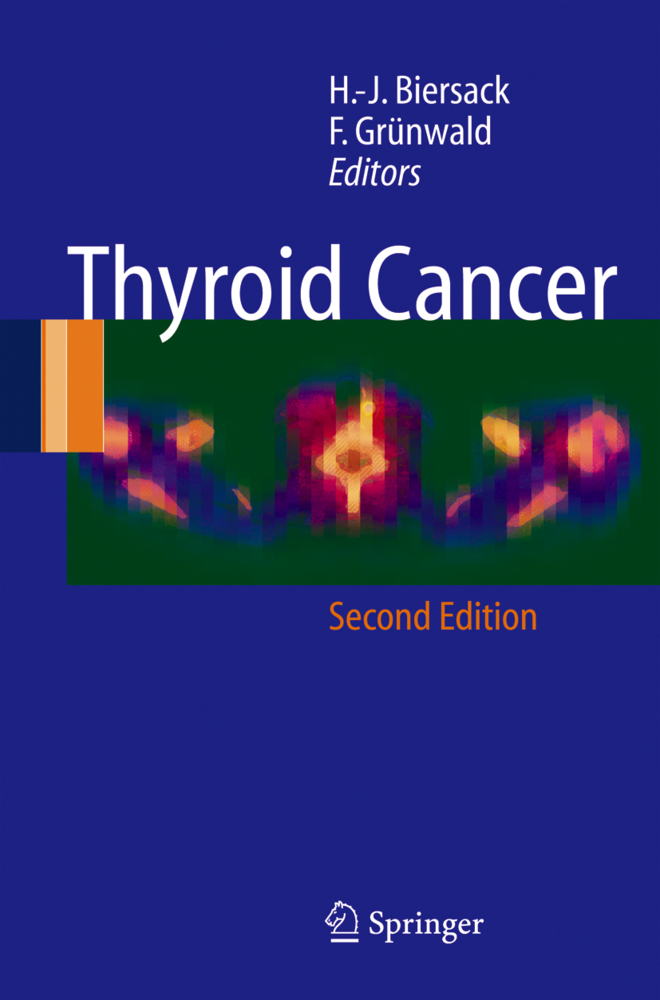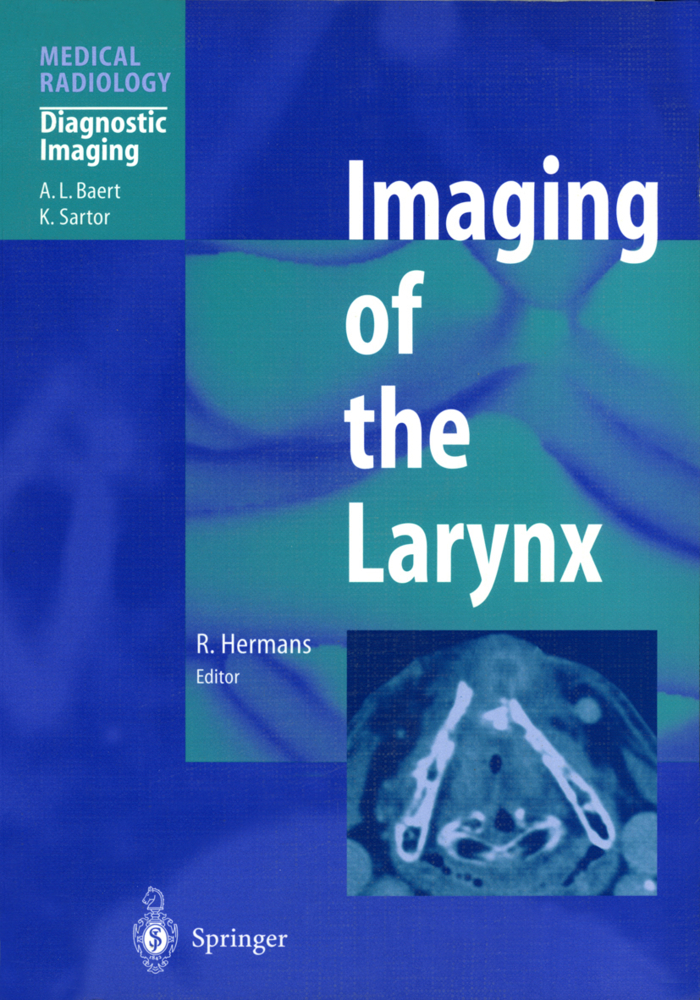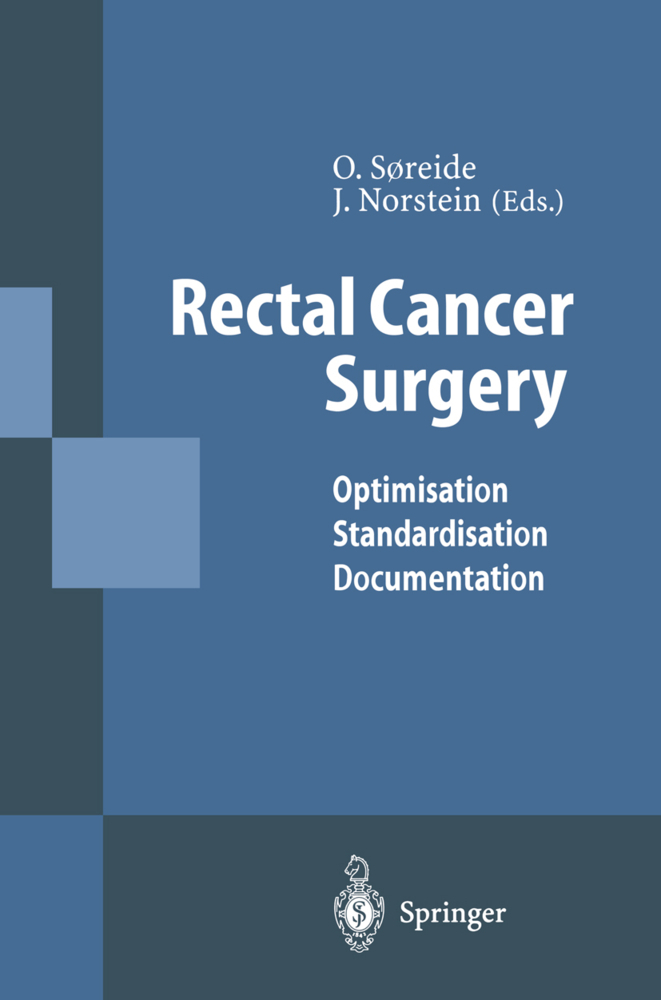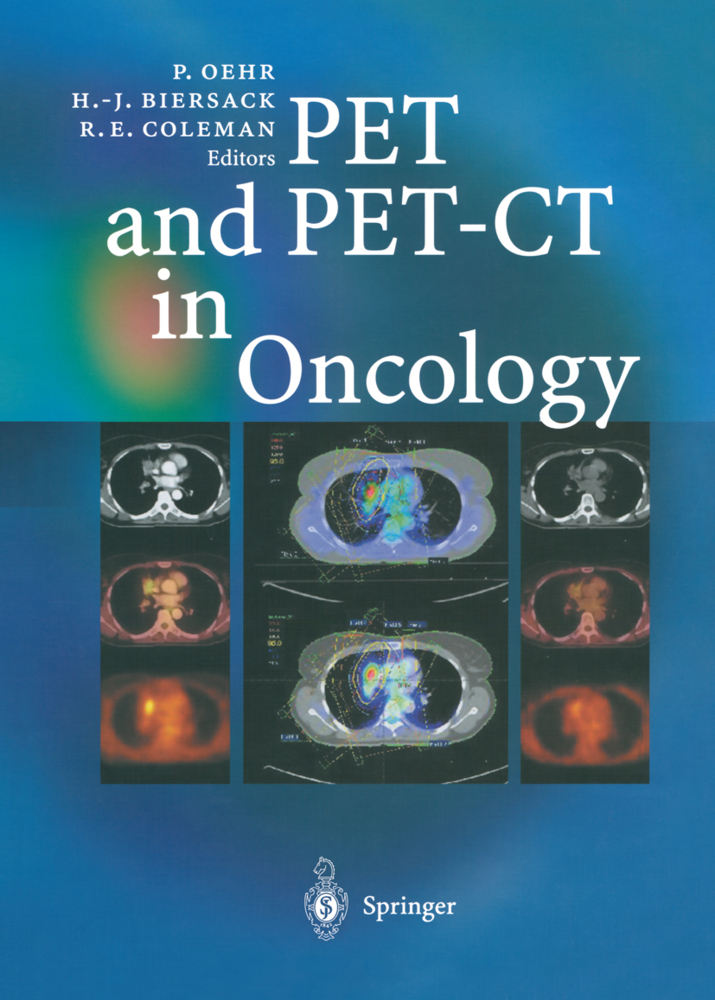Carcinoma of the Bladder
Innovations in Management
Carcinoma of the Bladder
Innovations in Management
Bladder cancer represents a major challenge to the oncologist. In spite of new tech niques for early diagnosis and innovative imaging procedures for staging, the outcome in terms of cure has not improved during the past ten years. Fortunately, about 74% of the patients present with localized disease, with 18% presenting with localized and regional disease, and 3% with distant metastases at diagnosis. In accordance with the stage at presentation, 94% of patients with localized disease are controlled at 5 years, as are 50% of patients with local and regional disease but un fortunately only 7% of those with distant disease. The survival data for Afro-Americans are more grave, with only 79% of patients with localized disease surviving at 5 years, 38% with local and regional disease, and 4% with disseminated disease. Even after 5 years, however, patients continue to fail not only locally and regionally but also with disseminated disease, thereby creating enigmas as to the continued influence of basic molecular changes, basic etiologic agents, and unsuspected more advanced disease, as well as demonstrating the inadequacies of local surgical treatment programs. These factors have led to braoder programs of combined integrated multimodal treatment earlier in the course of the disease process. Clearly, these newer innovative programs have placed increasing emphasis on the combination of surgery with radiation therapy and chemotherapy.
3 Prognostic Factors in Bladder Cancer: Emphasis on Immunohistochemical Analysis
4 Molecular Genetics in Carcinoma of the Bladder
5 Pathology of Bladder Cancer
6 Imaging Modalities in the Diagnosis and Staging of Carcinoma of the Bladder
7 Contemporary Nonimaging Methods in the Diagnosis and Prognosis of Carcinoma of the Bladder
8 Staging of Bladder Cancer
9 Photodynamic Therapy of Bladder Cancer
10 Fluorescence Detection of Bladder Cancer
11 Treatment of Ta, T1 Bladder Tumors: Recent Results of the EORTC-GU Group
12 Surgical Treatment of Carcinoma of the Bladder: The USC Experience
13 Prophylactic Urethrectomy: When and How?
14 Orthotopic Reconstruction Following Radical Cystectomy: The USC Experience
15 Complications of Radical Cystectomy
16 Long-term Results of Brachytherapy with Iridium-192 Implants
17 Bladder-Conserving Therapy for Invasive Bladder Cancer Using Transurethral Surgery, Chemotherapy, and Radiation Therapy with Patient Selection by Initial Treatment Response
18 Muscle-Invasive Bladder Cancer: Transurethral Resection and Radiochemotherapy as an Organ-Sparing Treatment Option
19 External Radiotherapy in the Treatment of Muscle-Invasive Transitional Cell Carcinoma of the Bladder
20 Chemotherapy Before Definitive Treatment for Locally Advanced Bladder Cancer
21 Continuous Infusion Chemotherapy and Irradiation in the Treatment of Advanced Bladder Carcinoma
22 Postoperative Chemotherapy for Bladder Carcinoma
23 Management of Patients with Pelvic Recurrence Following Radical Cystectomy
24 Management of Patients with Failure Following Definitive Radiotherapy
25 Treatment-Related Complications for Bladder Carcinoma: Radical Surgery Versus Bladder-Preserving Techniques
26 Special Considerations in the Management of Carcinoma in the Neurogenic Bladder
27 Hyperthermia in Bladder Cancer
28 Management of Patients with Metastatic Carcinoma of the Blader
29 National Differences in the Management of Bladder Cancer
List of Contributors.
1 Epidemiology of Bladder Cancer
2 Natural History of Bladder Carcinoma3 Prognostic Factors in Bladder Cancer: Emphasis on Immunohistochemical Analysis
4 Molecular Genetics in Carcinoma of the Bladder
5 Pathology of Bladder Cancer
6 Imaging Modalities in the Diagnosis and Staging of Carcinoma of the Bladder
7 Contemporary Nonimaging Methods in the Diagnosis and Prognosis of Carcinoma of the Bladder
8 Staging of Bladder Cancer
9 Photodynamic Therapy of Bladder Cancer
10 Fluorescence Detection of Bladder Cancer
11 Treatment of Ta, T1 Bladder Tumors: Recent Results of the EORTC-GU Group
12 Surgical Treatment of Carcinoma of the Bladder: The USC Experience
13 Prophylactic Urethrectomy: When and How?
14 Orthotopic Reconstruction Following Radical Cystectomy: The USC Experience
15 Complications of Radical Cystectomy
16 Long-term Results of Brachytherapy with Iridium-192 Implants
17 Bladder-Conserving Therapy for Invasive Bladder Cancer Using Transurethral Surgery, Chemotherapy, and Radiation Therapy with Patient Selection by Initial Treatment Response
18 Muscle-Invasive Bladder Cancer: Transurethral Resection and Radiochemotherapy as an Organ-Sparing Treatment Option
19 External Radiotherapy in the Treatment of Muscle-Invasive Transitional Cell Carcinoma of the Bladder
20 Chemotherapy Before Definitive Treatment for Locally Advanced Bladder Cancer
21 Continuous Infusion Chemotherapy and Irradiation in the Treatment of Advanced Bladder Carcinoma
22 Postoperative Chemotherapy for Bladder Carcinoma
23 Management of Patients with Pelvic Recurrence Following Radical Cystectomy
24 Management of Patients with Failure Following Definitive Radiotherapy
25 Treatment-Related Complications for Bladder Carcinoma: Radical Surgery Versus Bladder-Preserving Techniques
26 Special Considerations in the Management of Carcinoma in the Neurogenic Bladder
27 Hyperthermia in Bladder Cancer
28 Management of Patients with Metastatic Carcinoma of the Blader
29 National Differences in the Management of Bladder Cancer
List of Contributors.
Petrovich, Zbigniew
Baert, Luc
Brady, Luther W.
Brady, L. W.
Heilmann, H.-P.
Skinner, D. G.
| ISBN | 978-3-642-64323-1 |
|---|---|
| Artikelnummer | 9783642643231 |
| Medientyp | Buch |
| Auflage | Softcover reprint of the original 1st ed. 1998 |
| Copyrightjahr | 2012 |
| Verlag | Springer, Berlin |
| Umfang | XIII, 325 Seiten |
| Abbildungen | XIII, 325 p. |
| Sprache | Englisch |

